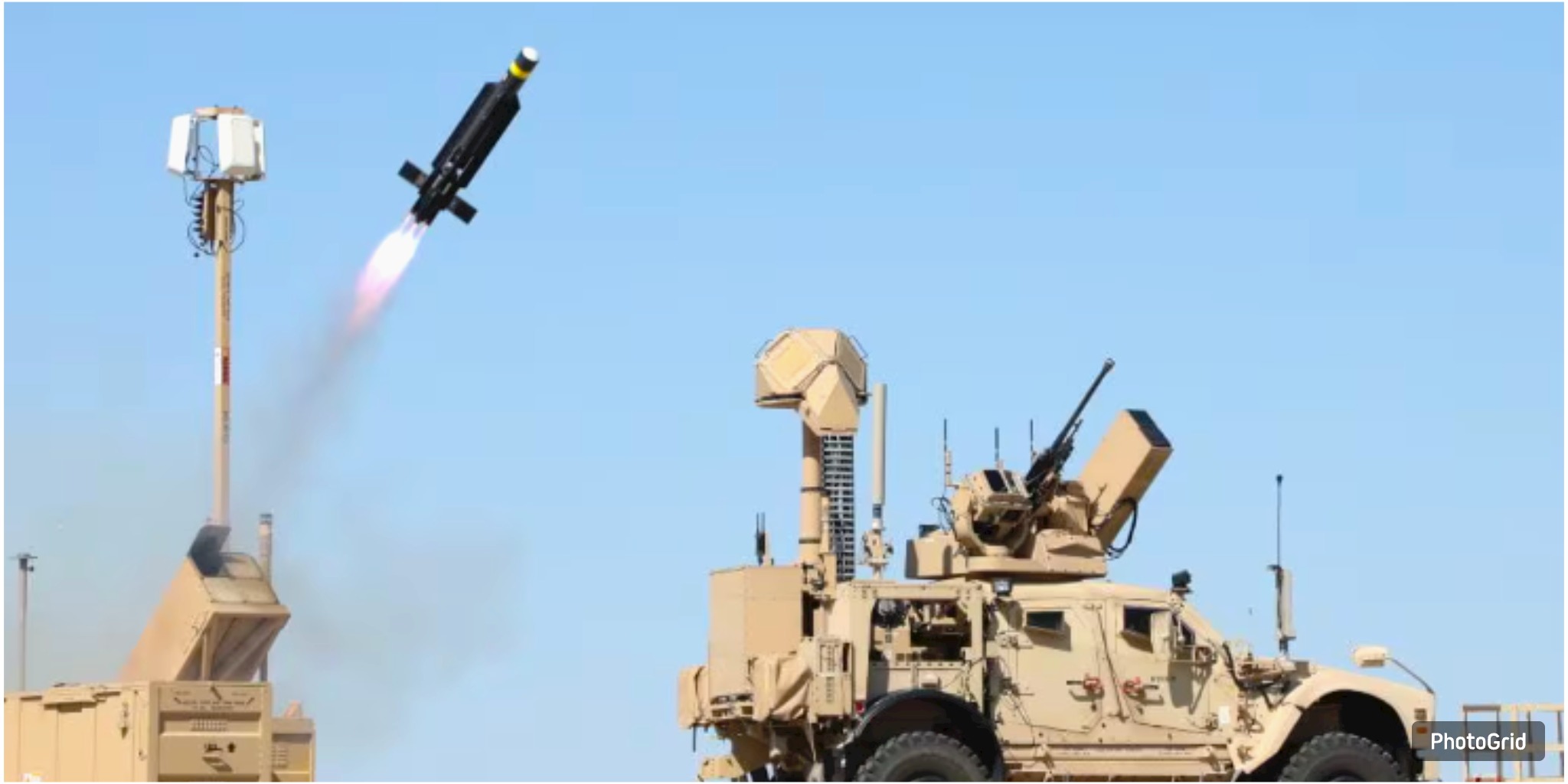


This week, Lt. Gen. Sean Gainey announced that the U.S. Army is gearing up for a much-expanded role in safeguarding the homeland. The Army is moving away from its conventional emphasis on intercontinental ballistic missiles to address a diverse range of contemporary threats, such as drones, cruise missiles, and hypersonic weapons.
The Army's 100th Missile Defense Brigade oversees the command-and-control operations of the Ground-Based Midcourse Defense system. This system, equipped with 44 interceptors, is strategically positioned at Fort Greeley in Alaska and Vandenberg Space Force Base in California, serving as a defense against long-range missile threats posed by North Korea and Iran. The brigade consists mainly of National Guardsmen, alongside a contingent of active-duty soldiers.
Gainey, at the helm of the Army Space and Missile Defense Command, announced that the service is poised to transition into a comprehensive service component role for U.S. Northern Command, taking charge of all facets of air and missile defense.
“That aperture has been opened,” Gainey stated during an interview with Defense News at the Space and Missile Defense Symposium. “We are expanding our focus beyond just the GBIs in Alaska that protect our homeland from ICBM threats.” The responsibility for air and missile defense is now shifting, and it is fitting that this crucial role will be held by the Space and Missile Defense Command.
The expansion unfolds alongside the Defense Department's efforts to advance President Donald Trump’s proposed “Golden Dome” missile defense shield. The Army is at the forefront of acquiring systems that will play a crucial role in Guam’s emerging air-and-missile defense framework. This includes the deployment of Patriot batteries, cutting-edge radars, and the Indirect Fire Protection Capability system, all aimed at countering threats such as cruise missiles, drones, rockets, and artillery.
The restructuring will position stateside Army Air and Missile Defense Commands under the Space and Missile Defense Command, providing them with a higher command dedicated to homeland defense. Gainey stated that the adjustment will enable the commands to work together more effectively and enhance the optimization of mission sets.
Gainey holds the pivotal role of commanding the Joint Functional Component Command for Integrated Air and Missile Defense, where he is at the forefront of evaluating emerging missile capabilities and orchestrating multinational missile defense exercises. He stated that the organization will also pivot to bolster the Army's enhanced mission for homeland defense.
The Army is set to formalize its expanded responsibilities in the forthcoming Space and Missile Defense strategy, anticipated to be released in the next three months. Gainey highlighted that the strategy is a response to an evolving landscape of threats, ranging from drone swarms to long-range precision strikes. It will focus on concepts of “missile defeat” that extend beyond conventional interceptor-based defense systems.
















From breaking news to thought-provoking opinion pieces, our newsletter keeps you informed and engaged with what matters most. Subscribe today and join our community of readers staying ahead of the curve.